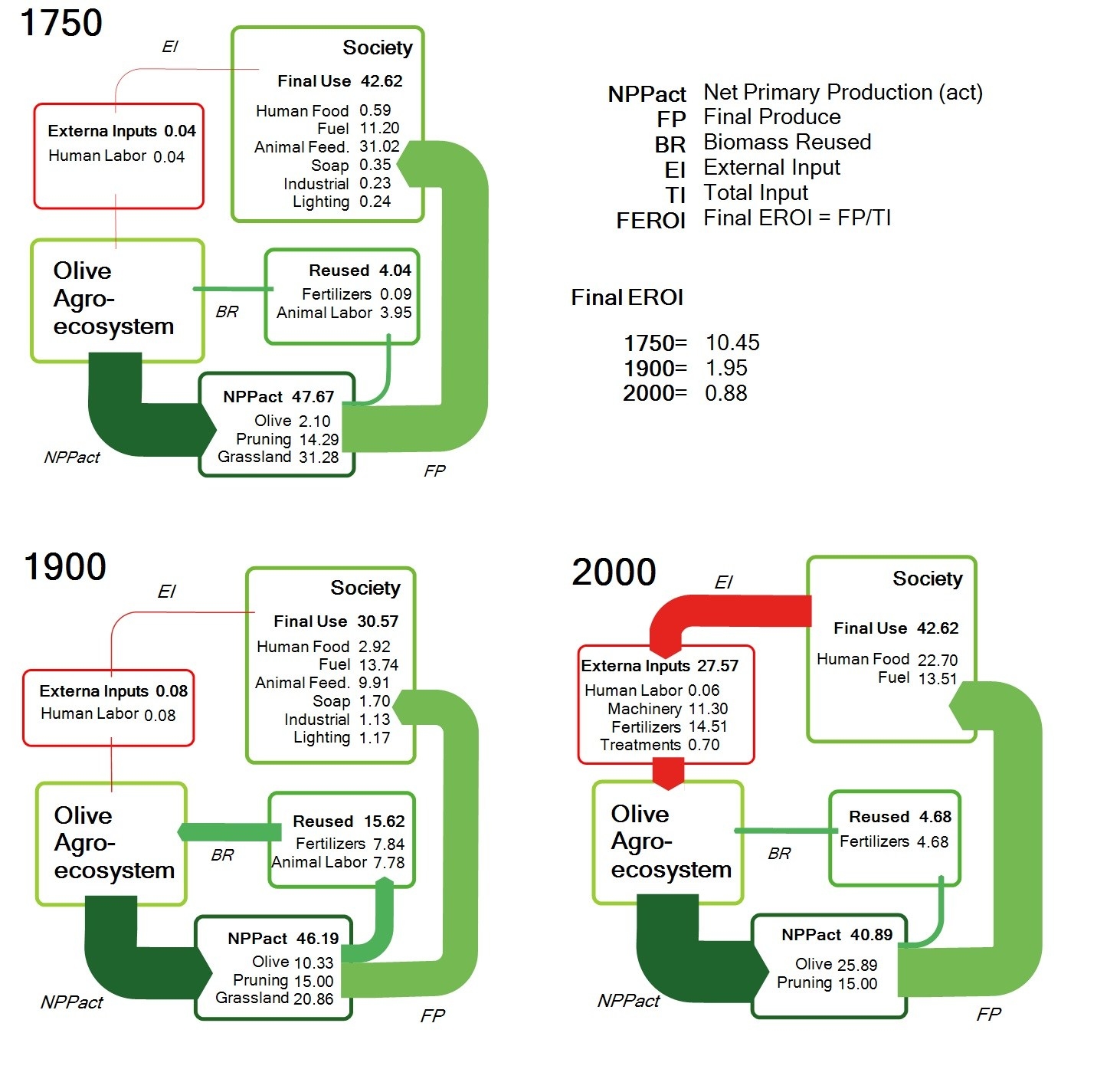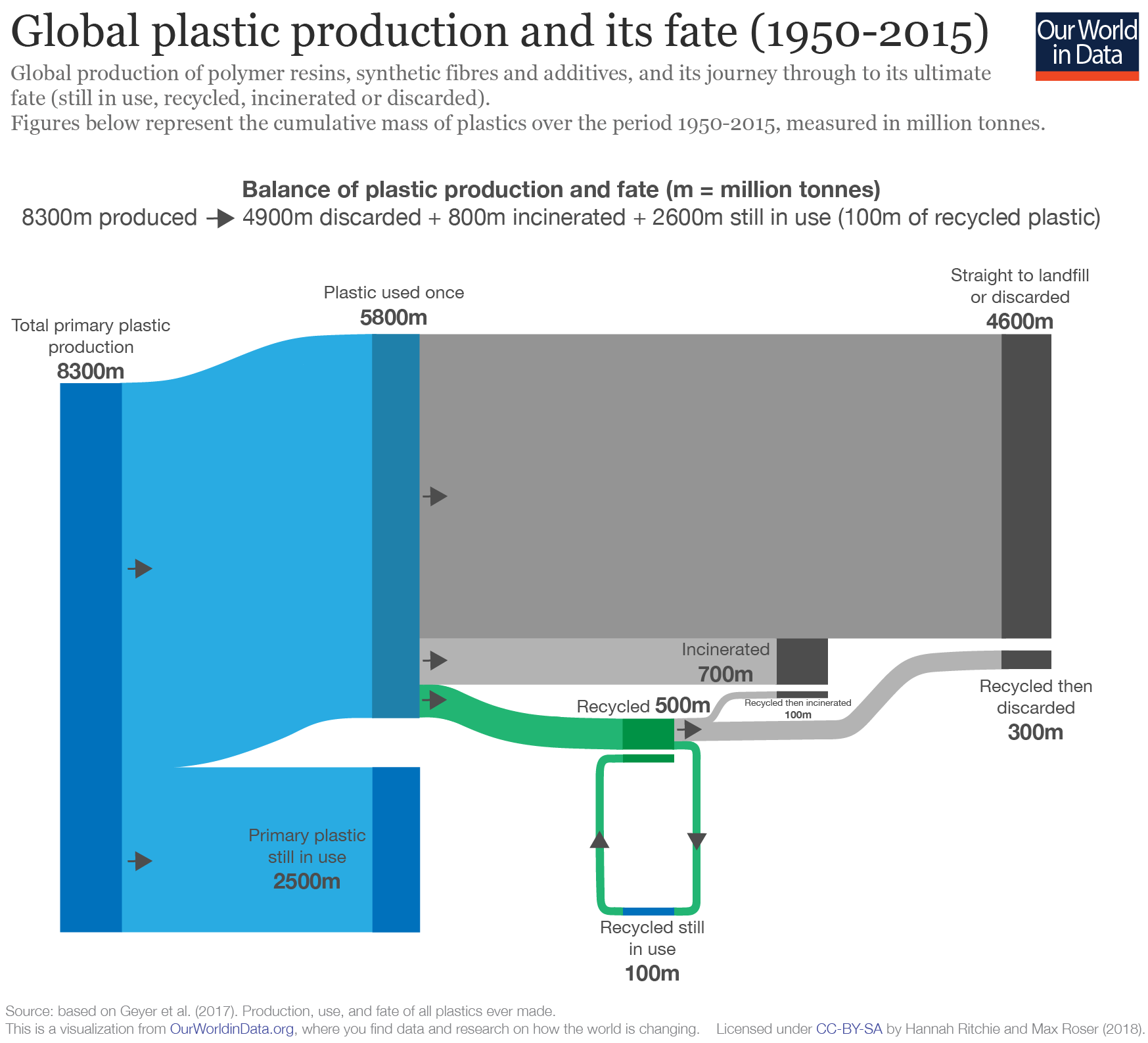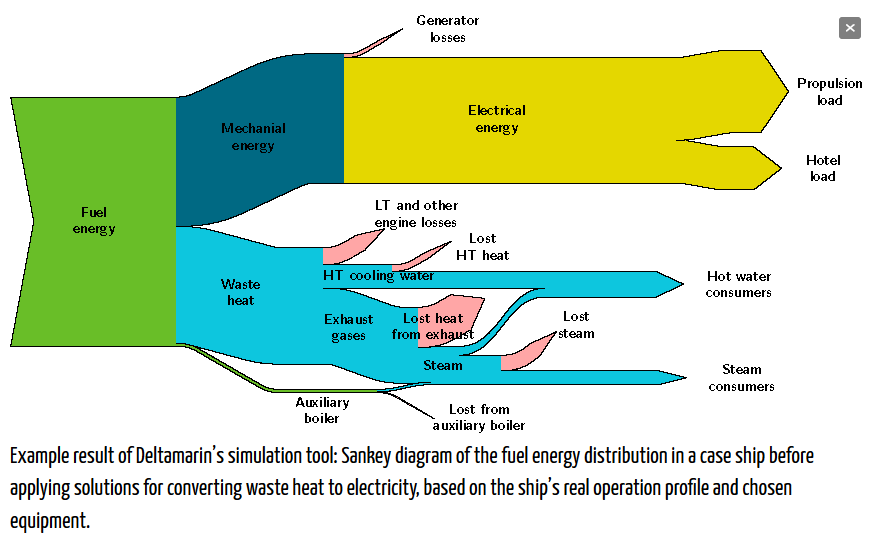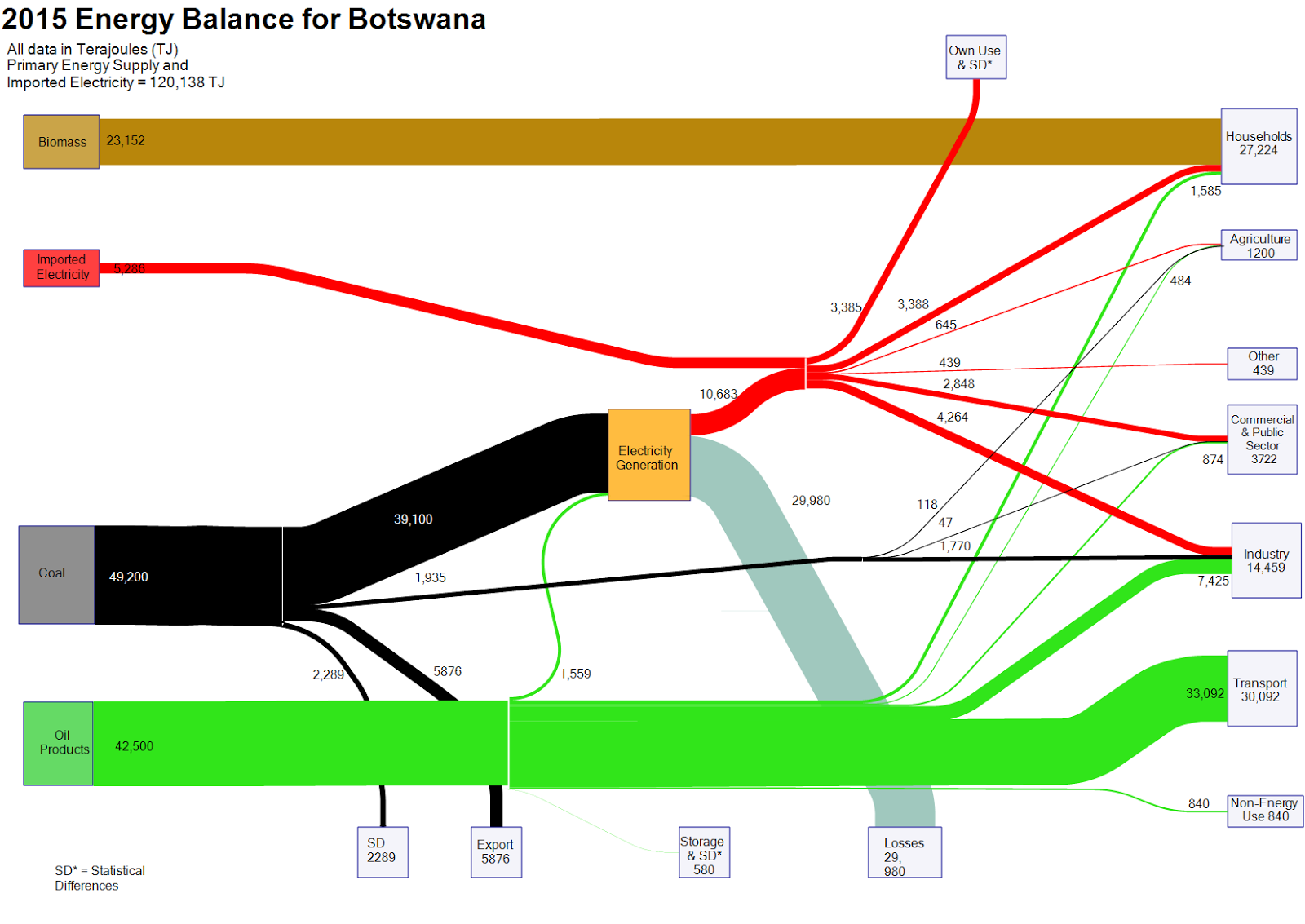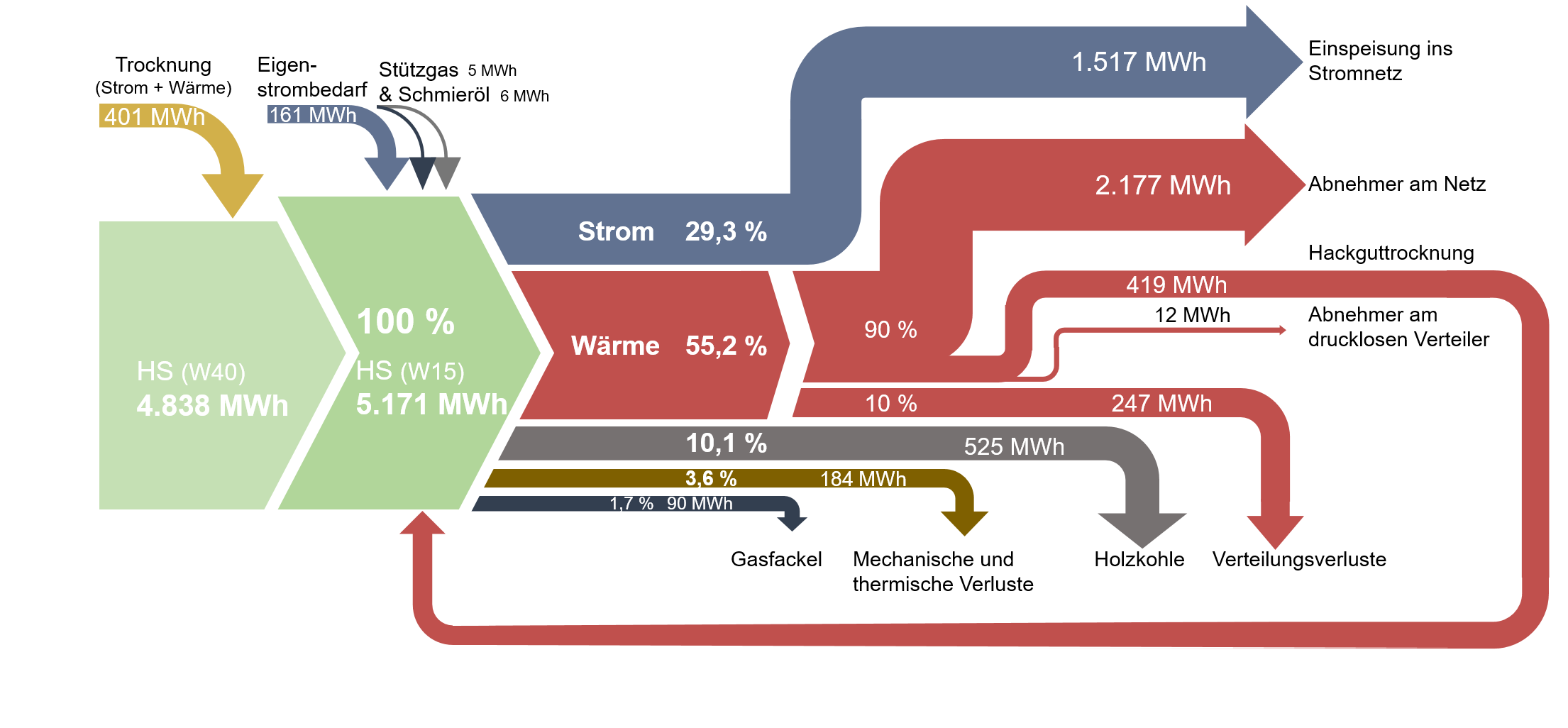The Niche Canada blog ran an interesting piece by Juan Infante-Amate from Unversity Pablo de Olavide in Spain titled ‘The largest tree crop concentration in Europe: The making of olive landscapes in Southern Spain’. It is a summary of research done on the changes in olive cultivation in Andalusia from traditional olive growing in the 18th century to today’s industrialized production.
The post features these three schematic Sankey diagrams. Data is for one specific site:
(licensed under a Creative Commons Attribution-NonCommercial 4.0 International License)
The above are three snapshots of the energy flows of one production site in Andalusia in 1750, around 1900 and today. By relating the final product quantity (FP) to the total input of energy or work (TI) the researchers are trying to measure sustainability with the indicator FEROI. An indeed, “[e]verything suggests that over the course of the history of Mediterranean landscapes these current conditions have been the least sustainable.”
Interesting approach and use of Sankey diagrams to compare a sustainability indicator. References to the full research papers can be found at the end of Infante-Amate’s Niche Canada post.
